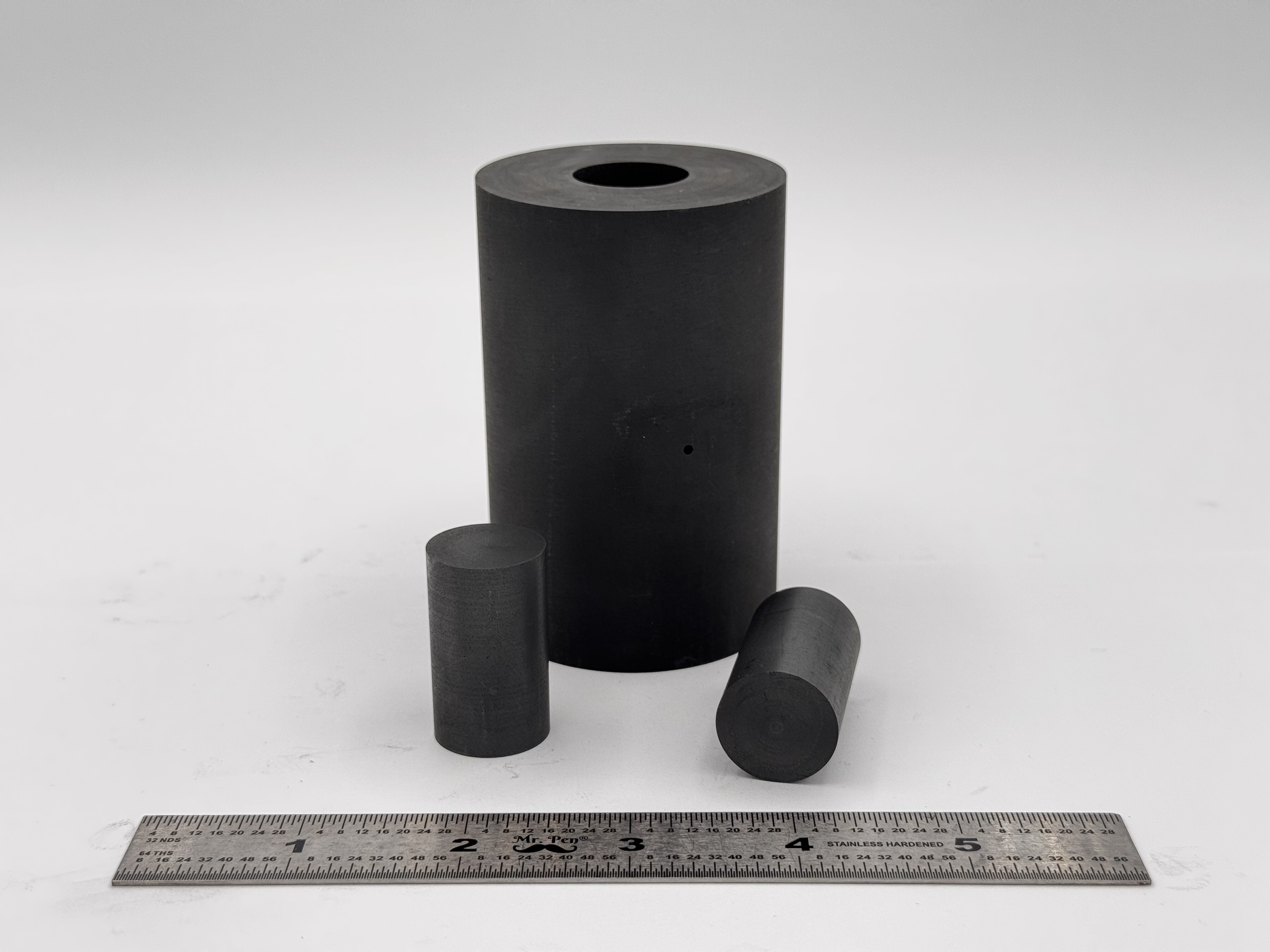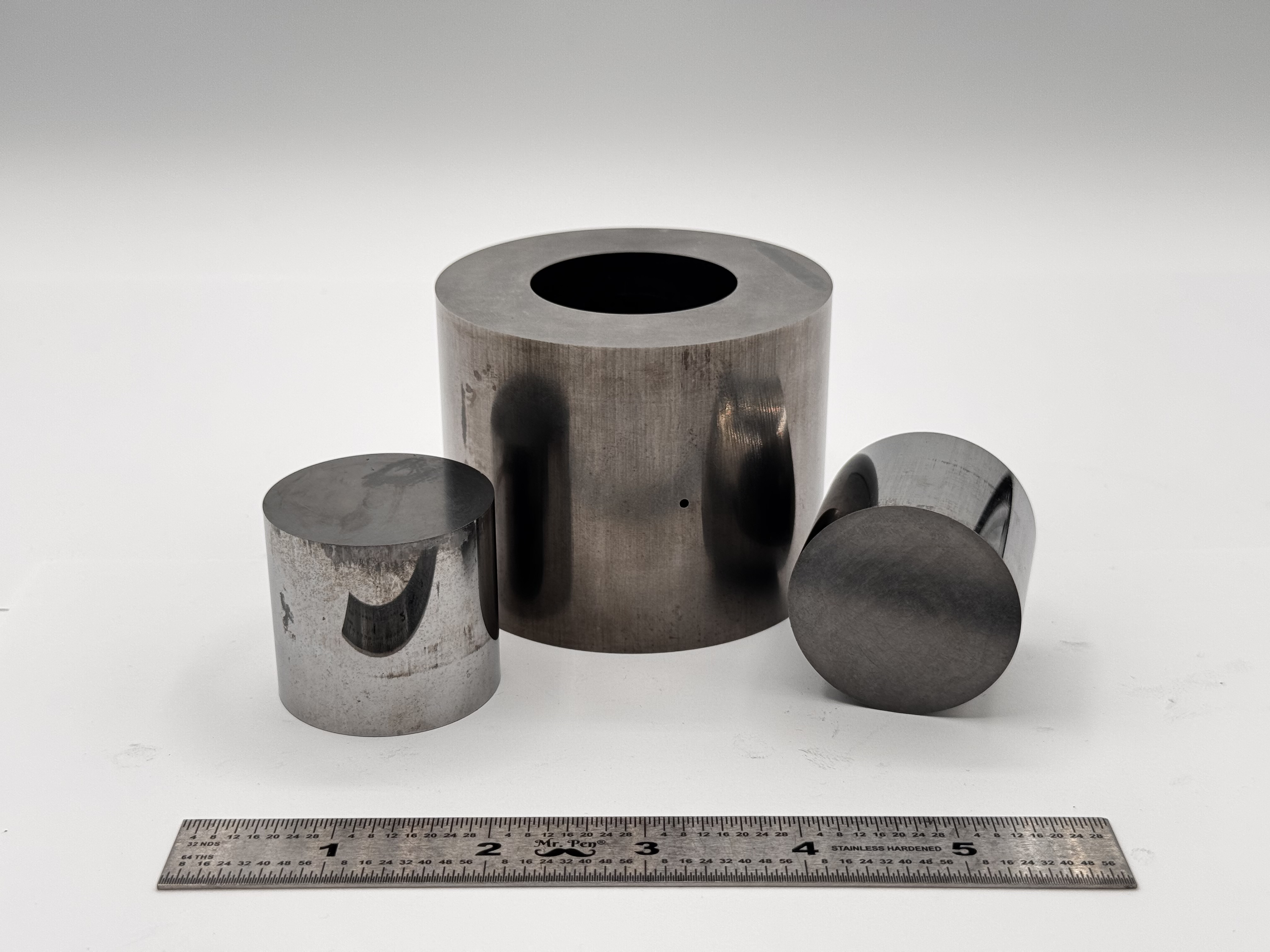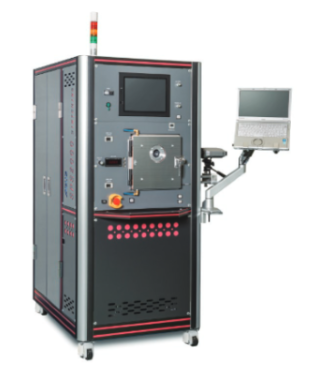Advanced Hot Pressing: Enabling Breakthroughs in Nanotechnology
What Is Advanced Hot Pressing?
Advanced hot pressing is a sophisticated materials processing technique that combines heat and pressure to transform powdered materials—metals, ceramics, or composites—into dense, high-performance solids. Unlike conventional sintering, which relies solely on heat, hot pressing applies simultaneous mechanical pressure, drastically improving material density and uniformity.
The process involves loading a fine powder into a die, heating it—often between 1,000°C and 2,000°C—and applying uniaxial or isostatic pressure until the particles bond together. This combination of heat and compression triggers diffusion, removes porosity, and produces parts with near-theoretical density and exceptional mechanical integrity.
The “Advanced” in Advanced Hot Pressing
Modern advancements in hot pressing technology have given rise to techniques like Spark Plasma Sintering (SPS) and Field-Assisted Sintering Technology (FAST). These methods use pulsed electric currents alongside mechanical pressure, allowing for:
- Rapid and uniform heating
- Lower processing temperatures
- Reduced sintering times
- Preservation of nanoscale grain structures
These improvements are critical in nanotechnology, where grain size control at the nanometer scale directly impacts material strength, conductivity, and overall performance.
Applications in Nanotechnology
In the field of nanomaterials and nanotechnology, advanced hot pressing plays an essential role in transforming lab-scale powders into functional, bulk components. Researchers and manufacturers use it to create materials that push the limits of thermal, electrical, and mechanical performance.
1. Nanostructured Ceramics
Advanced hot pressing allows the consolidation of nanoceramic powders like silicon carbide (SiC), alumina (Al₂O₃), and zirconia (ZrO₂). These materials exhibit:
- Enhanced hardness and wear resistance
- Improved thermal stability
- Superior fracture toughness
They’re used in microelectronics, aerospace, and defense systems, where extreme conditions demand precision and reliability.
2. Metal and Alloy Nanocomposites
Hot pressing enables the creation of nanostructured metal composites and alloys, including titanium and tungsten-based materials. By maintaining the nanoscale microstructure during densification, these materials gain:
- Increased tensile and fatigue strength
- Improved thermal conductivity
- Greater corrosion resistance
Such properties make them ideal for aerospace components, energy systems, and high-stress mechanical parts.
3. Functional Nanomaterials
In emerging nanotechnologies, hot pressing is vital for fabricating materials used in:
- Thermoelectric devices that convert heat into electricity
- Battery electrodes with enhanced energy density
- Magnetic and electronic components requiring precise microstructural control
Because of its versatility and precision, advanced hot pressing bridges the gap between nanoscale research and commercial-scale production.
Why Advanced Hot Pressing Matters
In nanotechnology, every atom counts. Traditional manufacturing methods often destroy delicate nanoscale structures through prolonged exposure to high heat. Advanced hot pressing solves this problem by densifying materials quickly and uniformly, preserving their unique nanoscale properties while ensuring mechanical strength and reliability.
The result is a new generation of materials that combine light weight, superior hardness, and enhanced performance—ideal for industries pushing the limits of modern engineering.
Shaping the Future of Materials Science
As the demand for advanced materials grows, advanced hot pressing continues to play a pivotal role in innovation. From nanoceramics in microchips to high-strength composites in aerospace and energy-efficient materials in clean technology, this process is at the core of how nanotechnology is reshaping the world.
Through precise control of heat, pressure, and microstructure, advanced hot pressing empowers scientists and engineers to turn nanoscale innovation into real-world performance.
 High Strength SPS Graphite Tooling
High Strength SPS Graphite Tooling Tungsten Carbide Tooling
Tungsten Carbide Tooling Carbon Graphite Foil / Paper
Carbon Graphite Foil / Paper Carbon Felt and Yarn
Carbon Felt and Yarn Spark Plasma Sintering Systems
Spark Plasma Sintering Systems SPS/FAST Modeling Software
SPS/FAST Modeling Software